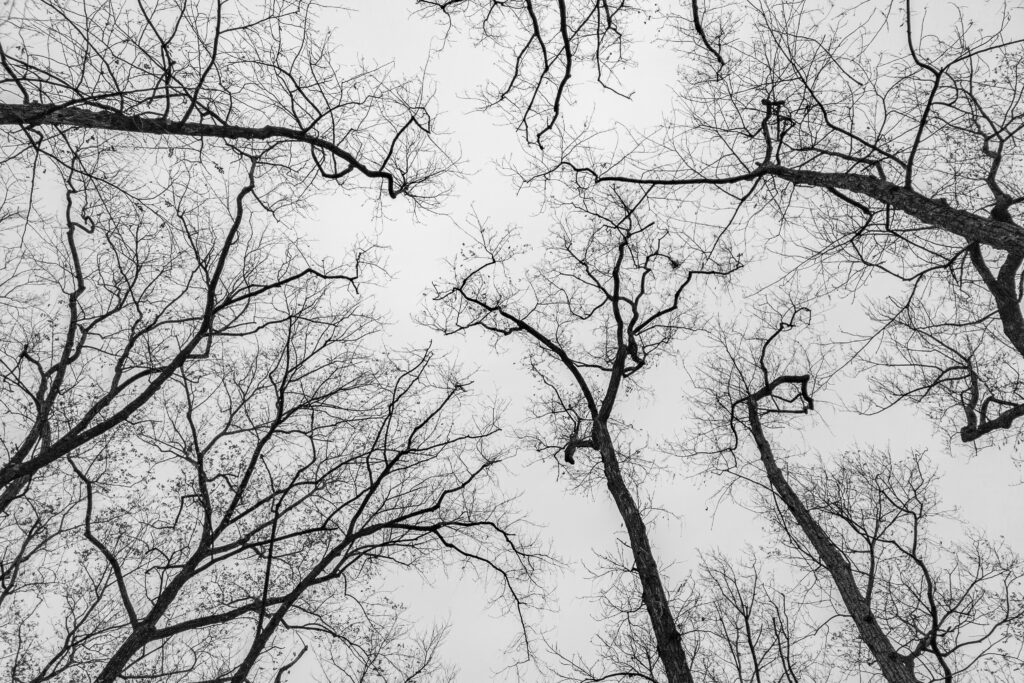The Future of Dark Fiction is Bright: On “Monster, She Wrote” by Lisa Kröger and Melanie R. Anderson

In Monster, She Wrote, Lisa Kröger and Melanie R. Anderson, women who have made academic careers out of studying horror and dark literature, take on the daunting task of chronicling women’s rich involvement in speculative fiction over the centuries.
The moment I heard that two literature PhDs got together to write a book about horror fiction, it rose to the top of my to-read pile, bypassing everything—including horror novels themselves.
Lisa Kröger and Melanie R. Anderson’s Monster, She Wrote is an enchanting and necessary exploration of how horror has evolved since the seventeenth century—a genre that has made a fierce, subversive comeback in today’s publishing landscape. And women are at the center of it all.
From progenitors like Margaret “Mad Madge” Cavendish and Mary Shelley to contemporary authors like Karen Russell (the 2017-2020 Endowed Chair at Texas State University’s MFA program) and Helen Oyeyemi, Monster, She Wrote provides short, info-packed biographies and bibliographies of female speculative writers through the ages—both the well-known and the obscure.
The book is separated into sections according to time period and category, like “Haunting the Home” and “The New Goths.” Naturally, the first section is on the Founding Mothers of speculative fiction. Mary Shelley and Mad Madge are there, as mentioned, along with Ann Radcliffe, Charlotte Dacur, and others. These women were writing scary prose and experimenting with the supernatural in their work long before horror was recognized as a literary genre. In fact, Kröger and Anderson assert that horror as we know it today evolved directly from the gothic novels and stories—like Shelley’s Frankenstein and Radcliffe’s The Mysteries of Udolpho—being published in the eighteenth and nineteenth centuries.
The next two sections, “Haunting Tales” and the “Cult of the Occult,” focus more on the next generation of female authors who moved on from the Gothic novel to the Victorian ghost story. Many of these writers, like Elizabeth Gaskell, Edith Wharton, Marjorie Bowen, and Dion Fortune were heavily influenced by the Spiritualist movement that was taking place from the late nineteenth to the early twentieth century in England and America. But with Spiritualism (the belief that we can communicate with the dead via mediums and seances) also came skepticism. And with skepticism came paranormal investigation societies[1]. As a result, Victorian ghost stories are marked by the idea that ghosts appear for a reason, and so the characters in this type of horror fiction feel obligated to unravel the mystery.
Then came the pulp fiction magazines and the paperback horror boom from the 1920s through the 1980s, which threw all of the propriety of Gothic and Victorian horror out the window. In the “Women Who Wrote the Pulps” and the “Paperback Horror” sections, Kröger and Anderson profile female authors like Gertrude Barrows Bennett, V.C. Andrews, and Lisa Tuttle, who helped push the horror genre into the mainstream, infusing it with plenty of gore, sex, and murder along the way.
Throughout the pulp and paperback horror eras, though, authors also held onto creepier modes of storytelling, especially when writing novels about the home. In the section “Haunting the Home,” you’ll find writers like Daphne du Maurier, Shirley Jackson, and Toni Morrison, who, through the use of domestic horror and psychological realism, showed us that a haunting can be just as internal as it is external.
In their next section, titled “The New Goths,” Kröger and Anderson argue that books by writers like Anne Rice, Angela Carter, and Sarah Waters represent a shift in the gothic horror novel tradition. New Gothic writing still sometimes entails that foggy, dreary atmosphere attributable to traditional Gothic writing, but more often transgresses typical gothic settings by focusing on themes of isolation, vulnerability, family strife, and hidden secrets in a variety of landscapes: castles, moors, and mansions, yes, but also suburbs, country farmhouses, and cities.
The last section, and perhaps the most fascinating—for this reader at least—is one called the “Future of Women in Horror and Speculative Fiction.” In it, Kröger and Anderson write that dark fiction is currently having a renaissance. Contemporary female writers like Helen Oyeyemi, Karen Russell, Kelly Link, Nnedi Okorafor, and Carmen Maria Machado are revising old horror motifs and, moreover, they are receiving recognition and acclaim by way of MacArthur Fellowships, Pulitzer Prize nominations, and the like. This final section is divided into subchapters on overarching themes that often appear in today’s horror literature written by women: the new vampire, the new haunted house, the new apocalypse, the new serial killer, and the new weird.
Though Monster, She Wrote is less than 300 pages[2] long, it’s teeming with literary knowledge, history, and hundreds of reading recommendations. The book is perhaps best utilized as an encyclopedic resource rather than a narrative history of women in horror. However, if you do read it cover-to-cover, as I did, you’ll find that Kröger and Anderson’s prose is full of poetic waxing, feminist jabs, and clever turns of phrase. For example, their description of New Orleans at the beginning of the chapter on Anne Rice made me envious as a writer:
“Anyone who has been to New Orleans can tell you that the city possesses a strange magic. The place is a melting pot of cultures, a hazy mix of religious icons and voodoo dolls. The nights are long—hot and humid—rolling with loud music and booze-fueled revelers. The days are bright. Mornings in the French Quarter smell of soap and horses. Afternoons hold promises of gumbo and crawfish boils and magnolia blossoms. Then there is the city’s folklore. New Orleans is a city of vampires, of voodoo queens, of witchcraft, of ghost pirates. It’s where Madame Laurie allegedly tortured and killed enslaved people in the early 1800s. It’s where the jazz-loving serial killer known as the Axman roamed the streets looking for victims in 1918 and 1919.”
You’ll also find stunning cartoon illustrations by artist Natalya Balnova on the book’s jacket and throughout the text. The art is so eye-catching that just about anytime I took the book out in public, its lime green cover (which features a collage of creepy imagery: tombstones, bats, ghosts, and knife-wielding dolls) inevitably drew attention. Once, upon seeing it, a friend immediately grabbed the book out of my hands and started paging through.
In this case, judging a book by its cover is the right move.
I enjoyed reading Monster She Wrote and now have many, many post-it notes full of literary leads—both for pleasure and for research purposes. Going into it, I would have described my own writing as something that straddles the slipstreamy middle ground between realism and speculative fiction. Coming away from the book, my vocabulary for describing my writing has expanded.
I think I’m a New Goth.
[1] For an extremely detailed, gripping narrative history on the Spiritualist movement—and on the fraught relationship between Harry Houdini (a skeptic) and Sir Arthur Conan Doyle (a believer)—read The Witch of Lime Street by David Jaher.
[2] If you want more of Kröger and Anderson’s thoughts and expertise on speculative fiction, they run a podcast together with Matt Saye (another horror writer and academic) called the Know Fear Cast. Episodes date back, bi-weekly, to 2016, and cover not just literature within the genre, but movies and television shows too.


